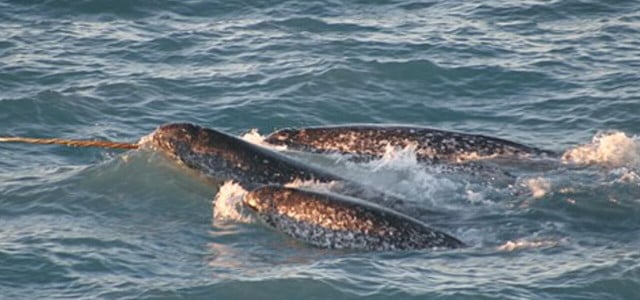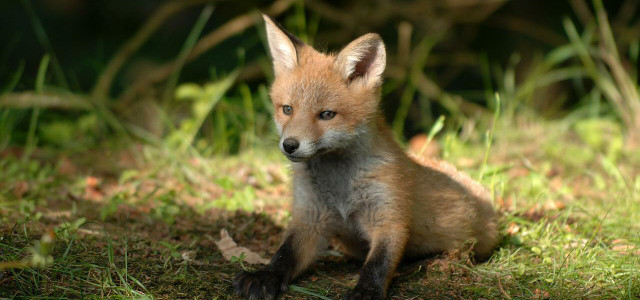Are narwhals extinct or endangered? Learn the facts about narwhals' endangered status and discover 10 ways to help protect these unicorns of the sea!
Are narwhals extinct? These fascinating creatures, frequently called “the unicorns of the sea,” have captured the attention of people all over the world with their unique appearance and behavior. Currently, they are not extinct, though the metrics used to make that judgment have fallen under scrutiny.
These whales, known for their long, spiraled tusks and ability to dive to great depths, inhabit the icy waters of the Arctic Ocean and surrounding regions. However, as with many other species, the question of their status in the wild has come to the forefront of conservation efforts.
Are narwhals endangered? This is a question that has sparked much debate and concern as the effects of climate change and human activities continue to threaten their fragile ecosystem. In this article, we will delve into the current state of narwhal populations, explore the threats they face, and consider what can be done to protect these magnificent creatures for future generations.
Read more: What Does “Endangered” Mean? A Closer Look
Some Facts About Narwhals

(Foto: CC0 / Pixabay / girlart39)
The arctic waters are home to a majestic creature: the narwhal, a close relative of the beluga whale. While this medium-sized whale species typically measures between 11.5-13.5 feet, it’s their impressive tusk that truly sets them apart, growing up to 10 feet in length!
Did you know that a narwhal’s “tusk” is actually a long, spiral tooth? It protrudes from male narwhals’ upper jaws. While its exact purpose is not fully understood, scientists’ research shows it may play a role in communication, navigation, hunting or mate selection. Despite its impressive size, the tusk is actually a sensitive sensory organ, containing millions of nerve endings that can detect changes in water temperature, pressure and salinity.
Narwhals live year-round in the Arctic waters of Greenland, Canada and Russia and have a unique diet of seasonal fish. They are known to inhabit areas of pack ice, polynyas (areas of open water surrounded by ice), and shallow bays and fjords. Despite their mystical reputation, these marine mammals are under serious threat as their icy habitat melts due to climate change.
Are Narwhals Extinct or Endangered?
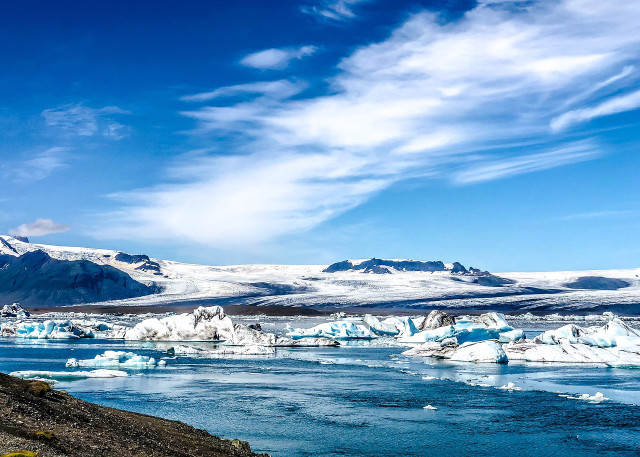


(Foto: CC0 / Pixabay / nextvoyage)
In the wild, these unicorns of the sea can live to reach 50 years old if they aren’t killed by the elements or hunters. Common natural causes of death for narwhals include predation by orca whales, suffocation underneath the ice (much of their prey dwells beneath pack ice), hunting and starvation.
As with many animals, narwhals’ conservation status is not straightforward. There are international, multinational and national systems that determine the conservation status of different wildlife species. The points of analysis vary, though they do overlap.
Due to a slight rise in population, the International Union for Conservation of Nature (IUCN) has moved narwhals from “near threatened” to “least concern” status. As of 2017, the last time the IUCN evaluated narwhals’ endangered status, the global narwhal population was an estimated 123,000.
The IUCN is the most widely recognized system for conservation statuses. Still, the organization’s Red List has come under criticism for its limits in expressing the actual dangers that wildlife faces. Critics explain that population count does not fully convey how at risk a species is. This may be the case for the narwhal, which is severely threatened by the effects of climate change.
Furthermore, narwhals are still listed as a “special concern” by Canada’s Committee on the Status of Endangered Wildlife.
Specific issues that affect narwhals include poaching and overfishing, but the topic is not as straightforward as you might think.
Whaling Threatens Narwhals
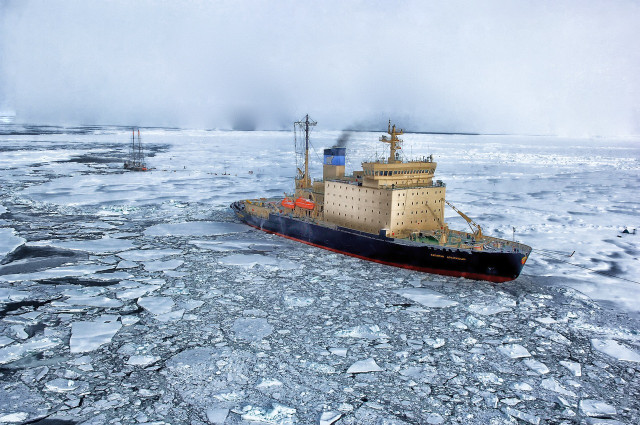


(Foto: CC0 / Pixabay / 12019)
Narwhals are prized for their meat, blubber and iconic tusks, which has led to both legal and illegal hunting practices. Currently, two countries allow limited hunting, resulting in an annual average of 621 narwhal deaths in Canada and 358 narwhal deaths in Greenland, according to American Oceans. Illegal hunting and the importation of narwhal tusks are also major issues. Furthermore, commercial fishing creates underwater noise that can cause stress in narwhals and disrupt their behavior and ability to communicate. These issues, combined with climate change (below), mean that the negative answer to “are narwhals extinct” could change quickly.
It’s worth noting that Indigenous groups also rely on narwhals as a source of food and income. However, it’s important to distinguish between Aboriginal sustenance hunting and commercial fishing. Indigenous fishing, hunting and whaling are integral parts of cultures that have been historically oppressed. The International Whaling Commission recognizes this distinction and is working to protect the rights of these communities while also conserving narwhal populations.
Are Narwhals Endangered Due to Climate Change?
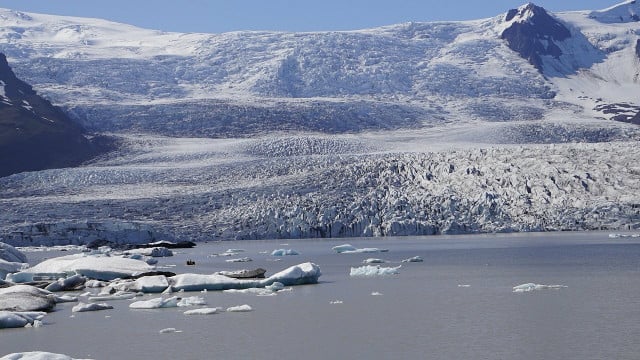


(Foto: CC0 / Pixabay / Barni1)
As climate change accelerates, the Arctic is experiencing unprecedented melting and warming, which is causing significant changes to the narwhals’ habitat. Melting sea ice has reduced the availability of crucial hunting and breeding grounds, forcing narwhals to travel longer distances and face increased competition for resources. Warmer water temperatures also increase the likelihood of disease and parasites, which can be fatal for these animals.
Moreover, climate change is causing shifts in the distribution and abundance of fish, the primary food source for narwhals, which can lead to starvation and malnourishment. Additionally, melting ice opens up new areas for shipping, oil and gas exploration, and other human activities, which can result in collisions with vessels and increased underwater noise. All these factors contribute to the decline of narwhal populations, making climate change a significant threat to the survival of these iconic Arctic creatures, so fondly referred to as unicorns of the sea.
10 Ways You Can Help Narwhals



(Foto: CC0 / Pixabay / u_d7hddm5o)
To protect narwals and stop them from becoming more endangered or even extinct, governments need to act to improve whale protection and decrease ocean noise, among other measures. If you want to do your part to help save narwhals, follow these tips.
Here are the top 10 ways to help narwhals:
- Reduce your carbon footprint by using types of renewable energy, walking, cycling or using public transportation instead of driving.
- Support organizations that work to protect narwhals and their habitat, like the WWF or the Arctic Institute of North America. Check out Environmental Organizations: 8 Top Non-profits & NGOs Worth Supporting for more ideas.
- Choose sustainable seafood options that do not contribute to overfishing, which can negatively impact the narwhal’s food sources. Or, switch to a plant-based diet and eschew animal-derived foods entirely.
- Use less plastic by using reusable bags, water bottles and other alternatives to single-use plastics that end up as ocean pollution.
- Educate yourself and others about narwhals, their unique features and the threats they face.
- Refrain from purchasing products made from narwhal ivory or any other endangered species, as this contributes to illegal poaching.
- Participate in local beach and waterway cleanups to prevent waste from polluting the ocean.
- Use your vote to support political leaders who prioritize conservation and sustainability. The unicorns of the sea will thank you!
- Make your voice heard by signing petitions or writing to your elected representatives to advocate for narwhal protection. Call your local representative through the Citizen’s Climate Lobby and tell them you want green energy.
- Support Indigenous communities that rely on sustainable, traditional hunting practices to ensure the continued survival of both narwhals and local cultures.
So, are narwhals extinct? Definitely not — at least not yet. However, are narwhals endangered? It depends on who you ask, and evidence points to “yes.” But there’s still a lot we can do to protect them.
If you’re interested in species conservation and protecting wildlife, you might enjoy some of our guides to endangered species:
- Are Giraffes Endangered? Myths and Truths Explained
- Are Praying Mantises Endangered? Facts & Easy Removal Tips
- Are Bears Endangered? These 3 Species Are
- Why Are Red Pandas Endangered & How Can We Help?
- Why the Mexican Gray Wolf is Endangered and How You Can Help
Read more:
- What Is Resource Depletion and Why Is It Dangerous?
- What Causes Ocean Acidification? Can It Be Reversed?
- Clearing the Air: 11 Simple Solutions to Air Pollution in Cities
Do you like this post?






